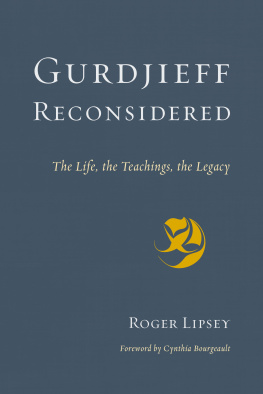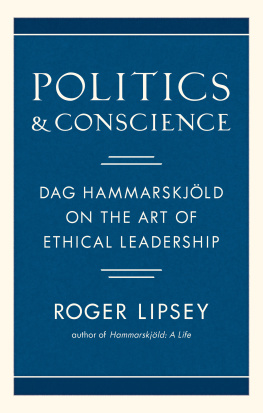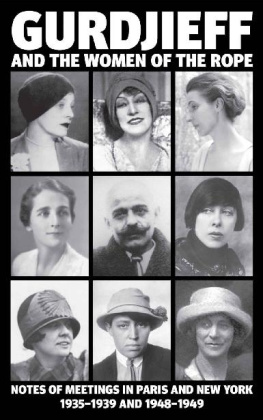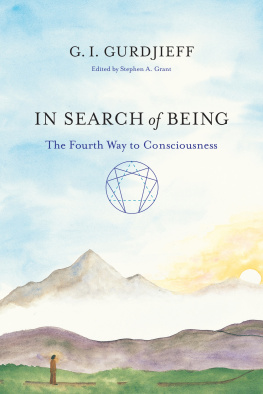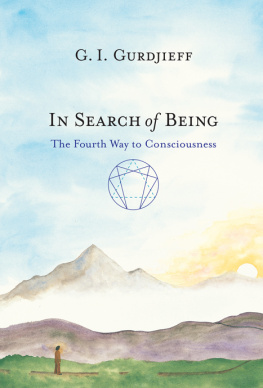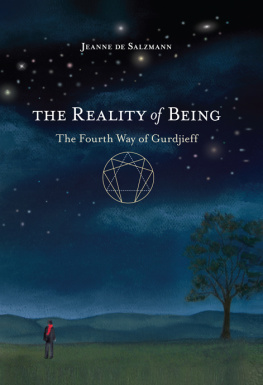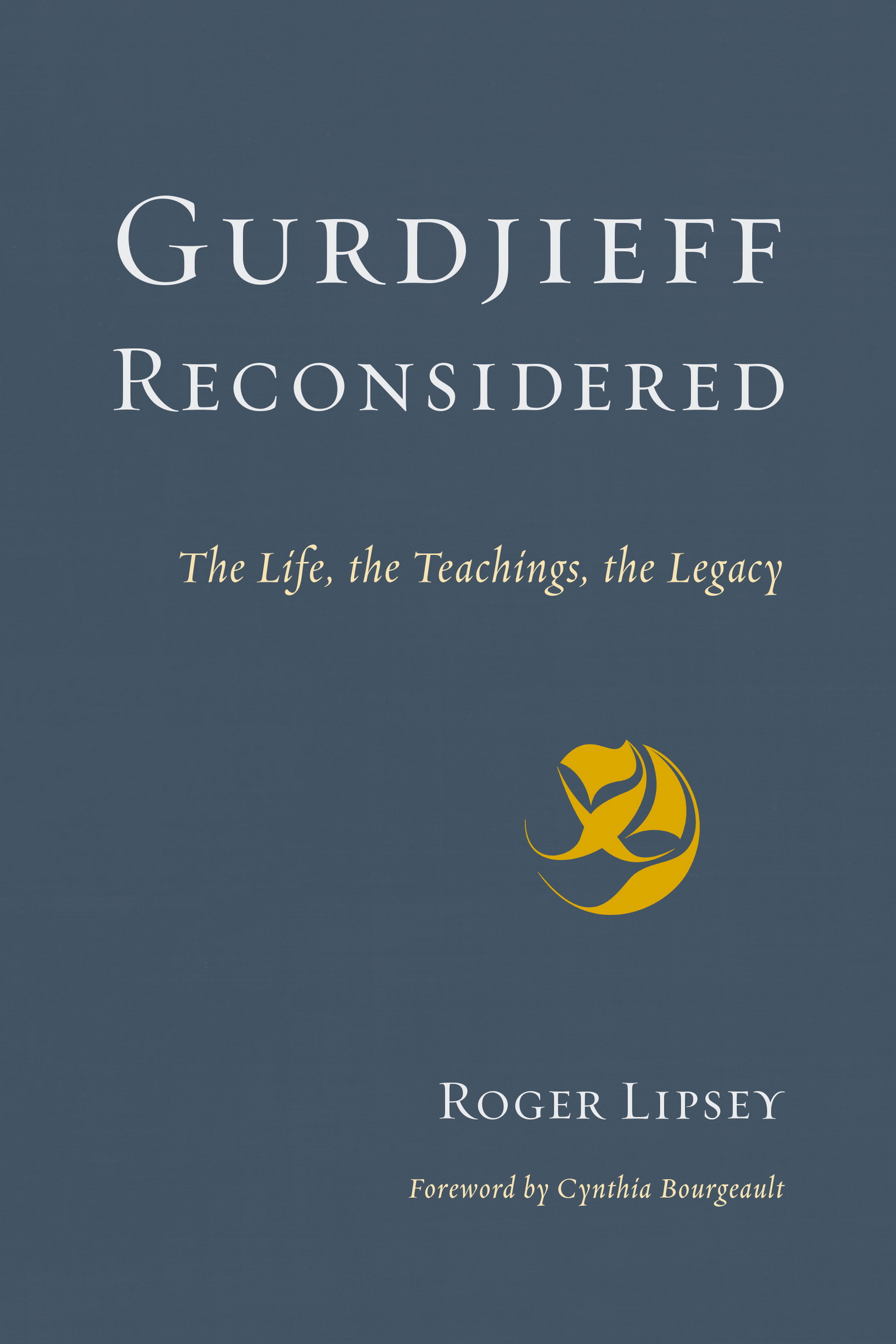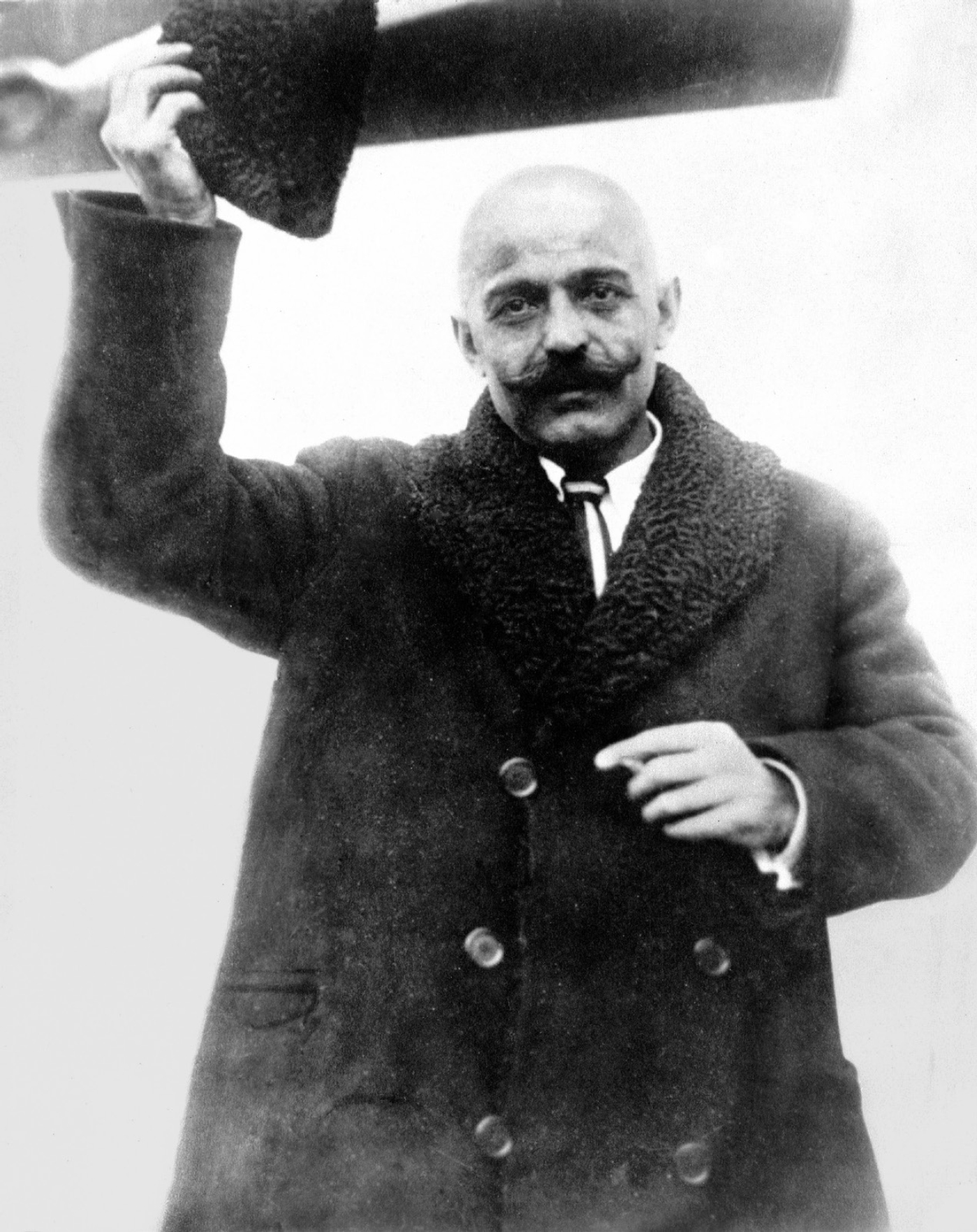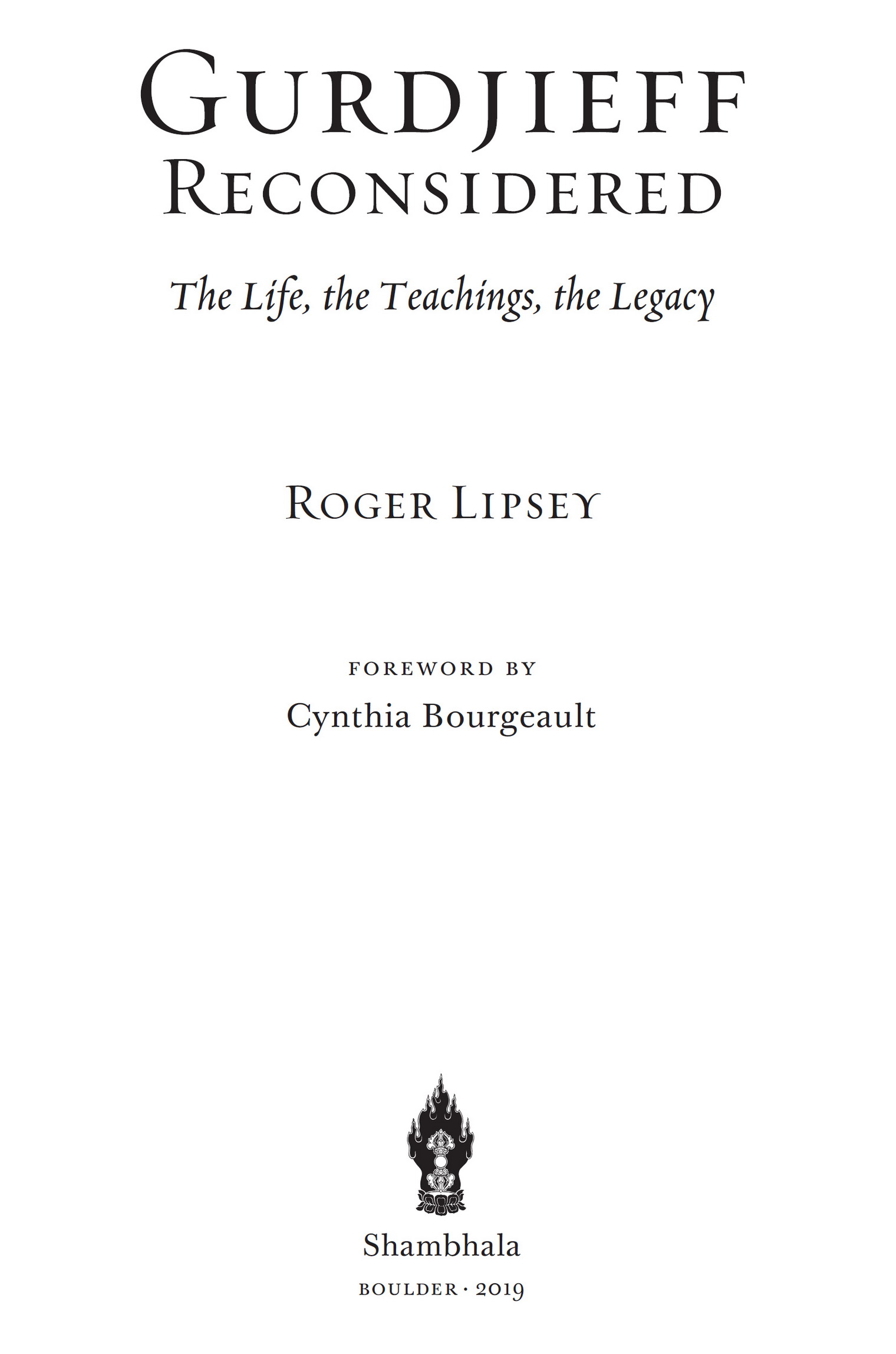Contents
Arriving in New York Harbor, 15 January 1924: Gurdjieff salutes America. Source: The Gurdjieff Foundation of New York
Shambhala Publications, Inc.
4720 Walnut Street
Boulder, Colorado 80301
www.shambhala.com
2019 by Roger Lipsey
All rights reserved. No part of this book may be reproduced in any form or by any means, electronic or mechanical, including photocopying, recording, or by any information storage and retrieval system, without permission in writing from the publisher.
The cover monogram reads G. I. G. in the script developed in the early 1920s by George Ivanovich Gurdjieff and Alexandre de Salzmann. Designed and executed by Jim Kendrick, Square Deal Design, New York.
eBook design adapted from printed book design by Lora Zorian
L IBRARY OF C ONGRESS C ATALOGING - IN -P UBLICATION D ATA
Names: Lipsey, Roger, 1942 author.
Title: Gurdjieff reconsidered: the life, the teachings, the legacy / Roger Lipsey.
Description: First edition. | Boulder: Shambhala, 2019. |
Includes bibliographical references and index.
Identifiers: LCCN 2018021357 | ISBN 9781611804515 (pbk.: alk. paper)
eISBN 9780834842083
Subjects: LCSH: Gurdjieff, Georges Ivanovitch, 18721949.
Classification: LCC B4249.G84 L56 2019 | DDC 197dc23
LC record available at https://lccn.loc.gov/2018021357
v5.4
a
For my daughter Jeanne
Contents
List of Illustrations
Arriving in New York Harbor, 15 January 1924: Gurdjieff salutes America
Source: The Gurdjieff Foundation of New York
The enneagram
Source: Jim Kendrick
The Prieur des Basses Loges at Fontainebleau-Avon
Source: The Gurdjieff Foundation of New York
A. R. Orage in the late 1920s
Source: Martha Welch de Llosa
Emblem of the Institute for the Harmonious Development of Man
Source: The Gurdjieff Foundation of New York
Interior of the Study House at the Prieur
Source: The Gurdjieff Foundation of New York
Aphorism written in the Prieur script
Source: Jim Kendrick
Prieur children in winter
Source: The Gurdjieff Foundation of New York
Return to the Prieur from Paris
Source: The Gurdjieff Foundation of New York
Julia Osipovna, the Prieur, ca. 1924
Source: Institut G. I. Gurdjieff, Paris
Solita Solano, ca. 1928, portrait by Berenice Abbott
Source: Berenice Abbott Archive, Ryerson Image Centre. Published with permission.
Jeanne de Salzmann, ca. 1964, detail from a larger photo.
Source: Martha Welch de Llosa
The pantry at rue des Colonels Renard
Source: The Gurdjieff Foundation of New York
Gurdjieff, 1949
Source: The Gurdjieff Foundation of New York
Gurdjieff family gravesite, Fontainebleau-Avon
Source: Dr. Tony Shaw
Foreword by Cynthia Bourgeault
The name G. I. Gurdjieff first showed up on my radar screen in the spring of 1982. I was doing a years sabbatical fellowship at the Collegeville Institute for Ecumenical and Cultural Research in Minnesota when a colleague casually flipped onto my desk a copy of P. D. Ouspenskys In Search of the Miraculous, the classic gateway into the Gurdjieffian universe. I saw the word miraculous in the title and immediately thought of you, she said coyly. She has yet to this day to own up to any ulterior motives.
Like many who find themselves drawn to this teaching, I devoured the book in great gulps, finding my own heretofore stable Christian universe gently rocking on its foundations. As Gurdjieff himself makes clear, the wormhole into receptivity often opens through deep disappointmentBlessed are the troubled, for they have seized hold of life, in the words of the Gospel of Thomas. In my case, this disappointment constellated around a growing frustration as to why a religion that boasted at its epicenter one of the most compassionate and inclusive masters to have ever walked the planet should habitually express itself in ways that are rigid, judgmental, and exclusive. In the teaching being laid out before me, I could see exactly why, and the seeing kept right on opening. It opened outwardly, allowing me to understand why the whole institutional process kept running off the track. (As Jacob Needleman, an astute contemporary Gurdjieffian commentator, dryly observes, To ask Christians in their usual state of consciousness to follow the teachings of Christ is like asking stones to sprout wings and fly to the sea.) But it opened inwardly as well. Or perhaps I should say it closed inwardlydrawing the noose more and more tightly around those same qualities of inconsistency and lack of conscious presence in myself. I found myself resonating with the experience of a participant in one of those early Gurdjieff meetings (quoted by Roger Lipsey later in this book); I was aware that I had been brought to the very brink of a conscious possibility in which there was a strange combination of both suffering and rejoicing.
In due course I found my way to the Workthe name familiarly given to the formal network of groups, spread across several continents, who devote themselves to the practical study of Gurdjieffs teaching. It took some doing, for even more so then than now, the Work preferred to keep itself slightly below the radar and followed the protocol of traditional esoteric groups in making the entry gate a bit of a test of mettle. But after a couple of false starts, I eventually found myself sitting in an apartment in upper Manhattan, face-to-face with the formidable Dr. William Welch, one of the towering patriarchs of the earliest era of the Work. You will make his fuller acquaintance toward the end of the present book. He listened to my story with grave, measured attention, as if weighing me in the balance, then assigned me to a Canadian hub working closely under his supervision. To my teachers and fellow seekers there I owe an enduring debt of gratitude for opening the eyes and heart of this formerly charmingly oblivious talking head to the wider world of presence and conscious attention. I came back from those seven years of active participation with my Christianity totally reinfused and transformed, set to a far vaster scale and transposed to a road map that finally pulled the whole picture together.
I had been discreetly warned, of courseanother venerable tradition of esoteric schoolsto be circumspect in how I shared these ideas. Not secretive, exactly, but since the core premise of all inner work is that the capacity to receive a teaching is directly linked to ones state of being, it could be counted a virtual certainty that these ideas would be misheard and subtly distorted on both ends of the transmission chain. Even so, as I found my own life horizons being blown wide open by some of the real, unique, and demonstrably practical ideas and frames accessible through the Work, it seemed that they merited wider circulation. It seemed that their true home was directly within the greater intellectual and spiritual lineage of the West, where in our own increasingly troubled planetary times they were more urgently needed than ever.
Of course, if one believes in the kind of providential causality that attends such transmissions, this would be obviously the case, for if Gurdjieff is indeed who he claimed to bewhom he was also recognized to be by some of the most acute and sensitive minds of our timehe was no free agent but one under authority, clearly on a cosmic assignment. Born in Armenia in 1866, raised in a spiritual and cultural melting pot where Orthodox Christian, Sufi, Yezidi, and shamanic influences actively intermingled, he early on became convinced that there had once been a level of being and an understanding of cosmic accountabilityWhat are we here for?now lost to contemporary humans. His prophetic mission, so it seems, was to gather those ancient shards of knowledge and assemble them, painstakingly, into thought categories and practices applicable to the modern West. And that is exactly what he did. After a twenty-year search conducted principally in the Near East, Central Asia, and Tibet, he arrived in St. Petersburg on the eve of World War I and set up storefront as a teacher, not least of sacred dancing. He soon collected a circle of highly accomplished disciples, P. D. Ouspensky numbered among them. Again as if on providential cue, the group was displaced steadily westward by the political upheavals of the early twentieth century and finally came to rest in the environs of Paris, where Gurdjieff experimented for over three decades with a variety of teaching formats including his celebrated Institute for the Harmonious Development of Man. From this Parisian command post the teaching was transmitted worldwide by streams of faithful students.

